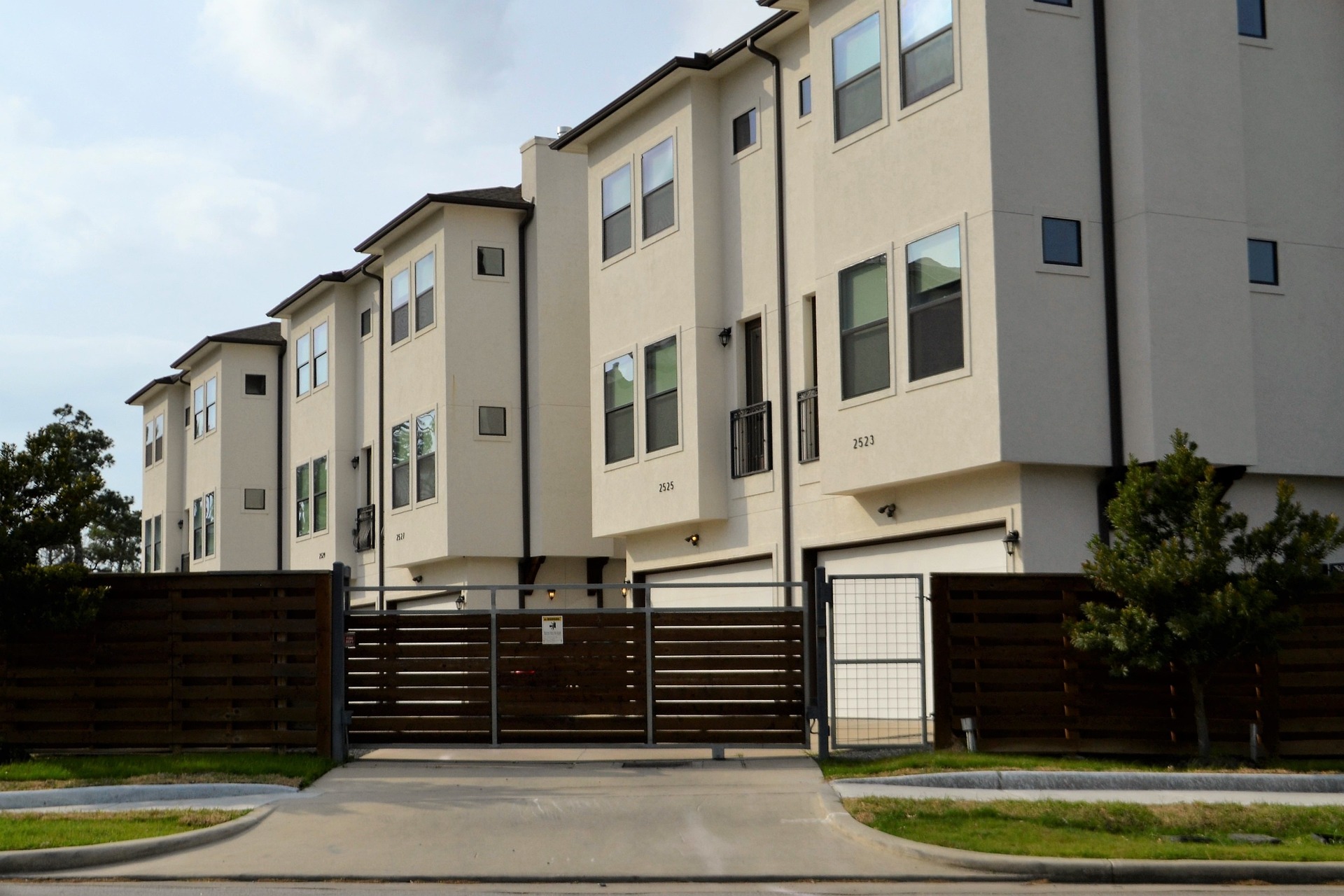Hidden Costs of Frequent House Moves: Beyond Time and Effort.
Hidden Costs of Frequent House Moves in a world that values flexibility and adventure. The idea of changing houses frequently might seem appealing. However, the allure of a new living space often overshadows the hidden costs associated with frequent moves. Beyond the time and effort invested, there are financial implications that many overlook. Let’s explore why the frequent house-hopping trend may not be as cost-effective as it appears.
1. Moving Expenses: The Silent Culprit
– The most obvious cost is the expense of physically moving one’s belongings. Professional movers, truck rentals, packing materials, and transportation costs quickly add up. What seems like a nominal fee for a single move becomes a substantial sum when multiplied over frequent relocations.
2. Security Deposits and Fees
– Each move typically involves paying a security deposit on a new rental. Recovering the deposit from the previous residence might not align perfectly with moving into the new one, leaving individuals temporarily without this substantial amount. Additionally, some landlords may charge administrative fees for lease processing or background checks.
3. Utilities and Connection Costs
– Setting up and disconnecting utilities each time you move can incur fees. Activation charges for services like electricity, water, internet, and cable TV may be recurring with each relocation.
4. Wear and Tear on Belongings
– Frequent moves increase the risk of damage to possessions. Furniture, electronics, and fragile items endure wear and tear during the packing and unpacking process, necessitating repairs or replacements.
5. Time and Productivity Loss:
– Time is money, and the time spent packing, unpacking, and settling into a new place can impact work and personal commitments. This hidden cost of frequent moves is heavy. Disrupts routines and can lead to productivity loss, affecting one’s professional and personal life.
6. Opportunity Cost of Ownership
– For those who choose to buy and sell homes, the frequent transactional costs associated with real estate can be significant. Realtor fees, closing costs, and potential market fluctuations can erode the financial benefits of homeownership.
7. Community Disconnection
– Frequent moves can hinder the establishment of a sense of community. Building relationships with neighbors and becoming part of local networks takes time. Constantly uprooting can result in a lack of social connections, impacting mental well-being.
Conclusion:
While the allure of a new home is undeniable, it’s crucial to recognize the hidden costs of frequent moves. Beyond the visible expenses of hiring movers and paying rent, the financial toll extends to various aspects of life. From the wear and tear on possessions to the impact on mental health, each move comes with its own set of challenges. Considering the full spectrum of costs can help individuals make informed decisions about the frequency of their housing transitions, finding a balance between the desire for change and the financial realities of doing so.
